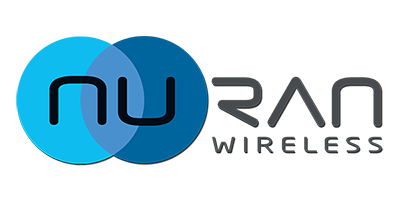This video, to be presented at MWC 2018 in the GSMA Humanitarian Innovation showcase illustrates how software-defined radio (SDR) and small cell technologies now make it possible to re-establish mobile network services after disasters rapidly and using only the most basic means.
[fusion_youtube id=”pRvZhyLNxhI” alignment=”” width=”” height=”” autoplay=”false” api_params=”” hide_on_mobile=”small-visibility,medium-visibility,large-visibility” class=””][/fusion_youtube]
Video Transcript
When a natural disaster like an earthquake, a flood or a hurricane strikes, it destroys everything on its path.
Telecom infrastructures are not spared, leaving the survivors without any efficient means of communication to alert the authorities and properly coordinate the emergency response team’s human and material resources. In these situations of digital exclusion, telecommunication is no longer a convenience; it becomes a matter of life and death.
In normal times, setting up a mobile communication infrastructure requires substantial network planning and civil works, but when disaster strikes, communication needs to be restored within hours, usually with the most basic means.
Software-defined radio and small-cell technologies now make it possible to rapidly re-establish mobile network services in case of emergencies. To that end, the equipment must be man-portable and easy to install on makeshift masts, such as a trees or building structures, to maximize coverage. It must also operate using rudimentary power sources available on site, like car batteries, residential generators or solar panels. There is a solution that meets all these requirements: NuRAN Wireless.
NuRAN’s small cell may house the core network elements and operate only within its coverage zone as a private network to deliver services adapted to emergency situations. It can also be connected to an operator’s network through available backhaul means, such as satellite or microwaves to provide standard connectivity.
The mobile network is now ready to be used, providing the emergency response teams with a crucial tool to efficiently coordinate human resources, locate and find people in distress, distribute food and water, or alert the community of potential upcoming threats like aftershocks.
Click here for more information on our small cells: LiteCell 1.5, OC-LTE and OC-2G .


